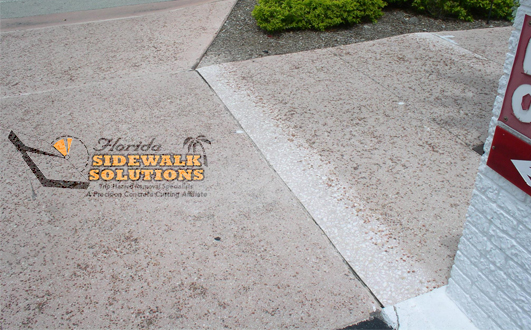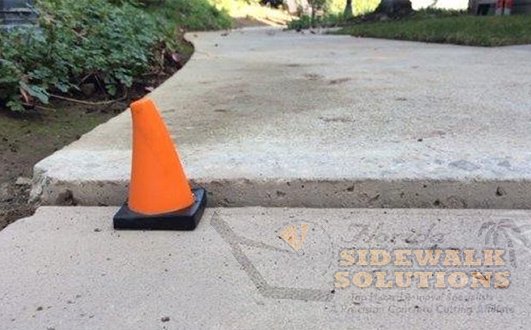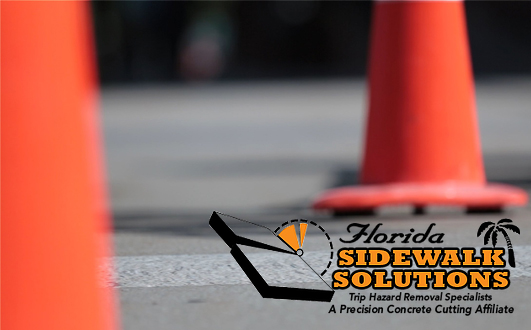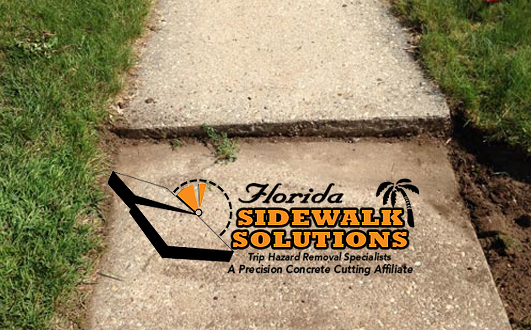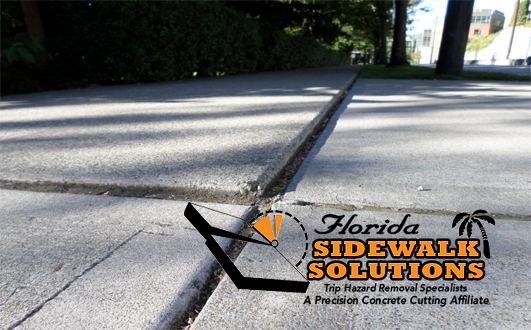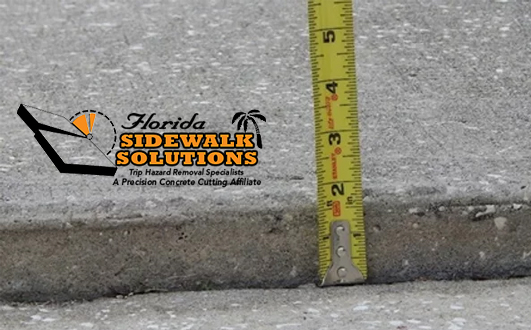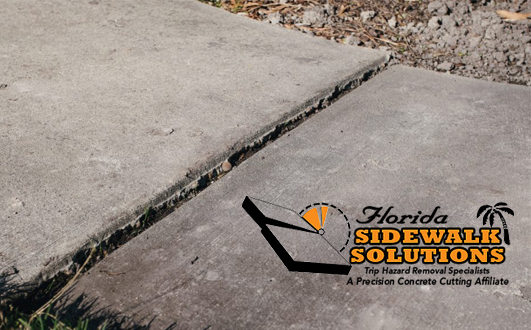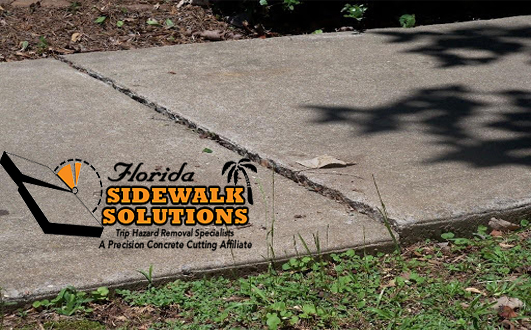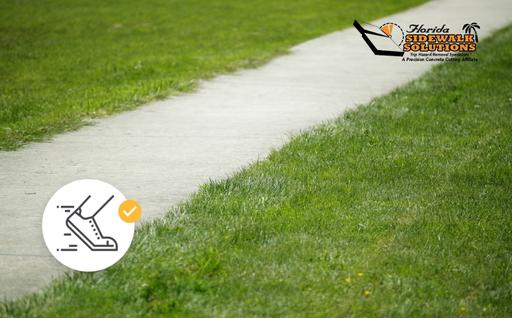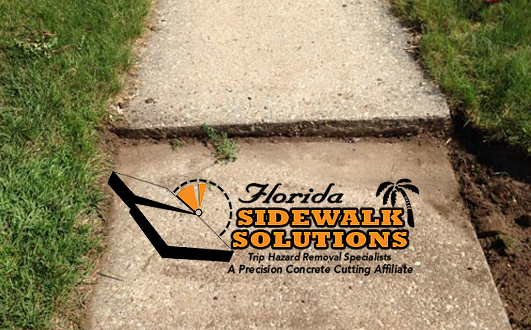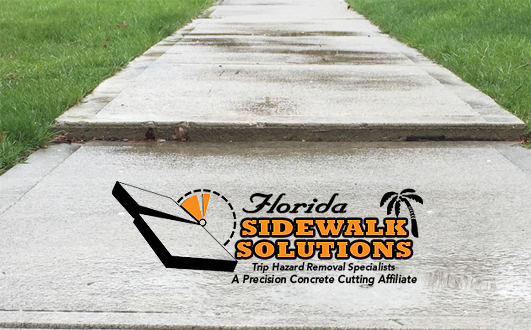Concrete sidewalks connect just about as many travel routes as the streets they line. However, unlike those streets, a concrete sidewalk is much less durable. Shifting earth underneath its panels can quickly cause sidewalk cracks to form, leaving anyone traveling on its path vulnerable. And if you don’t have a sidewalk trip hazard repair done before someone trips and falls, you could be held liable.
Aside from being an eyesore, sidewalk trip hazards are considered a public safety hazard. The Americans with Disabilities Act of 1990 defines a trip hazard as ‘any vertical change of 1/4″ or more at a joint or crack. It is, in fact, federal law to remove trip hazards from public sidewalks, making the liability the responsibility of the property owner or manager.
Sidewalk Trip Hazard Repair Services
Because this is a common problem for municipalities, businesses, and residential communities alike, many sidewalk trip hazard repair companies now exist. The options for removing a sidewalk trip hazard include three primary options, each of which has its own pros and cons. These methods include:
#1. Replacing Concrete Panels Entirely
The obvious first solution to repair a sidewalk trip hazard is to replace the concrete completely. This completely ensures that any imperfections are handled while improving its overall appearance. However, tearing up uneven concrete slabs and pouring new concrete is an arduous, expensive, and time-consuming process that leaves the pathway in disarray and causes disruption.
- Pros: Eliminates trip hazard, improves appearance, could expose other underlying problems
- Cons: Costly, time-consuming, disruptive, and difficult to do right
#2. Grinding Concrete
Another common option to repair a sidewalk trip hazard is to hire or rent concrete grinders. Concrete grinding is more cost-effective than replacement and can generally be done in a short period of time. The downside to concrete grinding, however, is that the equipment is limited in its reach. Grinders have a hard time reaching corners and are difficult to navigate around things like gutters and poles.
- Pros: Eliminates trip hazard, leaves non-slip surface, quickly done
- Cons: Surface isn’t level, not ADA compliant, rough appearance, rentals are expensive
#3. Concrete Cutting Companies
New concrete cutting technology has given rise to a highly effective way to remove trip hazards completely for ADA compliance. The patented technology cuts concrete with precision and can be used in much tighter areas than grinders. The services are eco-friendly, generally affordable, and guarantee safe, level walkways in little time.
- Pros: Eliminate trip hazard, leaves non-slip surface, affordable, quickly done, ADA compliance, improves appearance
- Cons: Contracting is necessary, some trip hazards don’t qualify
The more you investigate your options for sidewalk trip hazard repair services, the more it becomes clear that concrete cutting companies are the preferred way to go. If you’d like to learn more or get a free quote for the cost of removing trip hazards, contact Florida Sidewalk Solutions.

